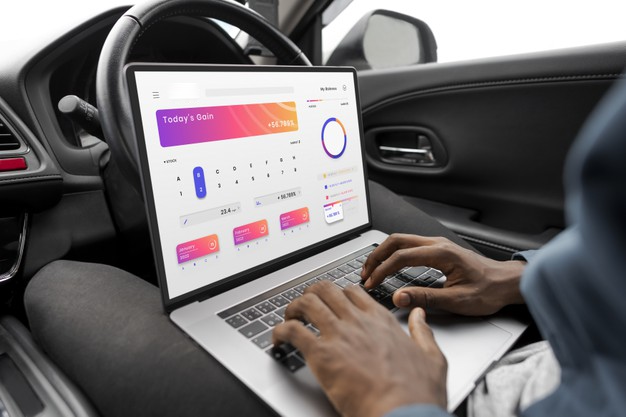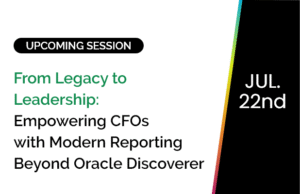With the prospect of restrictions easing on the horizon, the focus turns to what type of working environment employees expect to return to from the comfort of their own home.
The last twelve months have proven that hybrid working is doable by almost every industry and thanks to Covid-19, the acceleration of the working from home model was implemented across the board. The nature of business itself has been fast-tracked and now employees are at the forefront of data-driven decision making.
Company culture is more valuable than ever and with this being a contributing factor to employee retention strategies, Jake Werner, People Analytics Lead, North America of SplashBI discusses how a seamless return to work can be achieved for both business and employee.
Trusting Your Talent
Trust is the key ingredient in most relationships and it applies to your work relationships just as much. Helping employees mitigate unnecessary stresses is crucial and this can be encouraged via people analytics. Normalizing common issues such as childcare struggles, getting to grips with new technology advancements and shifting the work-life balance, contributes to unlocking happier, healthier and more productive employees. Given the circumstances faced throughout 2020, effective senior leadership will provide businesses with a competitive advantage and greater insights to drive profitability and efficiency.
The scramble of the first lockdown meant that employees were told to adapt quickly to work from home, meaning that day to day employee interaction and culture slowly faded away. How can businesses attract and maintain talent whilst retaining company culture? Twelve months on and hundreds of zoom quizzes later, it suggests that maintaining and building a company culture ensures employees feel a sense of belonging and value, which is key whether the business chooses to have a central office or home office. Culture is not about perks and benefits; reimagining your culture for a virtual environment is about returning to the foundations of your company and building infrastructure to support connection to each other through the lens of your mission, vision and core values. Building rituals that allow team members to truly get to know each other, and work with intention to ensure the team is engaging with and getting the intended result from these rituals.
Promoting a positive work-life balance and recognizing that your employees have a life outside of work is important, and will often make your staff feel more motivated, engaged and loyal to the company if their personal commitments and situations are recognized. Senior management departments should be analyzing the input and outputs of their staff rather than tracking them in a micro-managing style. Business should be utilizing talent management – if your employees are outputting what you expect, does it really matter if they drop something at the post office or take the dog for a quick walk around the block in work hours? Creating and adopting an environment where employees feel valued and trusted is key to building a high performance culture.
Office vs. Online
Business as usual isn’t an option and as the pandemic forced organizations to reevaluate their legacy processes, it became clear that HR processes were at the forefront of change and the question of how businesses can continue to run at an efficient, fun and most importantly flexible rate is asked.
Due to Covid-19, the increase in the hybrid model of working has accelerated and businesses are encouraged to step back and re-think their values, culture and what this means for both employee and business. Of course, the workplace banter and watercooler conversations cannot be replicated while working from home, but employers can offer incentives to stay connected with teams and create that community spirit at home. Keeping employees stimulated is essential and the lean on HR teams within the organization during Covid-19 was extremely taxing.
Pre-Covid-19, businesses optimized their processes with one goal in mind: efficiency. Building a more responsive workforce and organization opens the door for resilience instead of being efficient. As the market dips up and down at the moment, checking in with employees and upskilling them in terms of communication, teamwork and empathy may allow organizations to respond quicker in times of need while also trusting that your workforce are getting the job done.
Conclusion
It’s no secret that Covid-19 has drastically changed the landscape of business outlook and employee retention strategies. With this in mind, it is important to be transparent with employees about why the new normal way of working will be standard as we move out of the pandemic. It is important to strike the balance between work and life as both businesses and staff need to be in sync in order to come out on top, together.
If businesses can learn to continue to empower their staff with incentives such as flexible working and the ability to share and drive ideas to keep motivated, then the return to work will be seamless – and worry-free.








